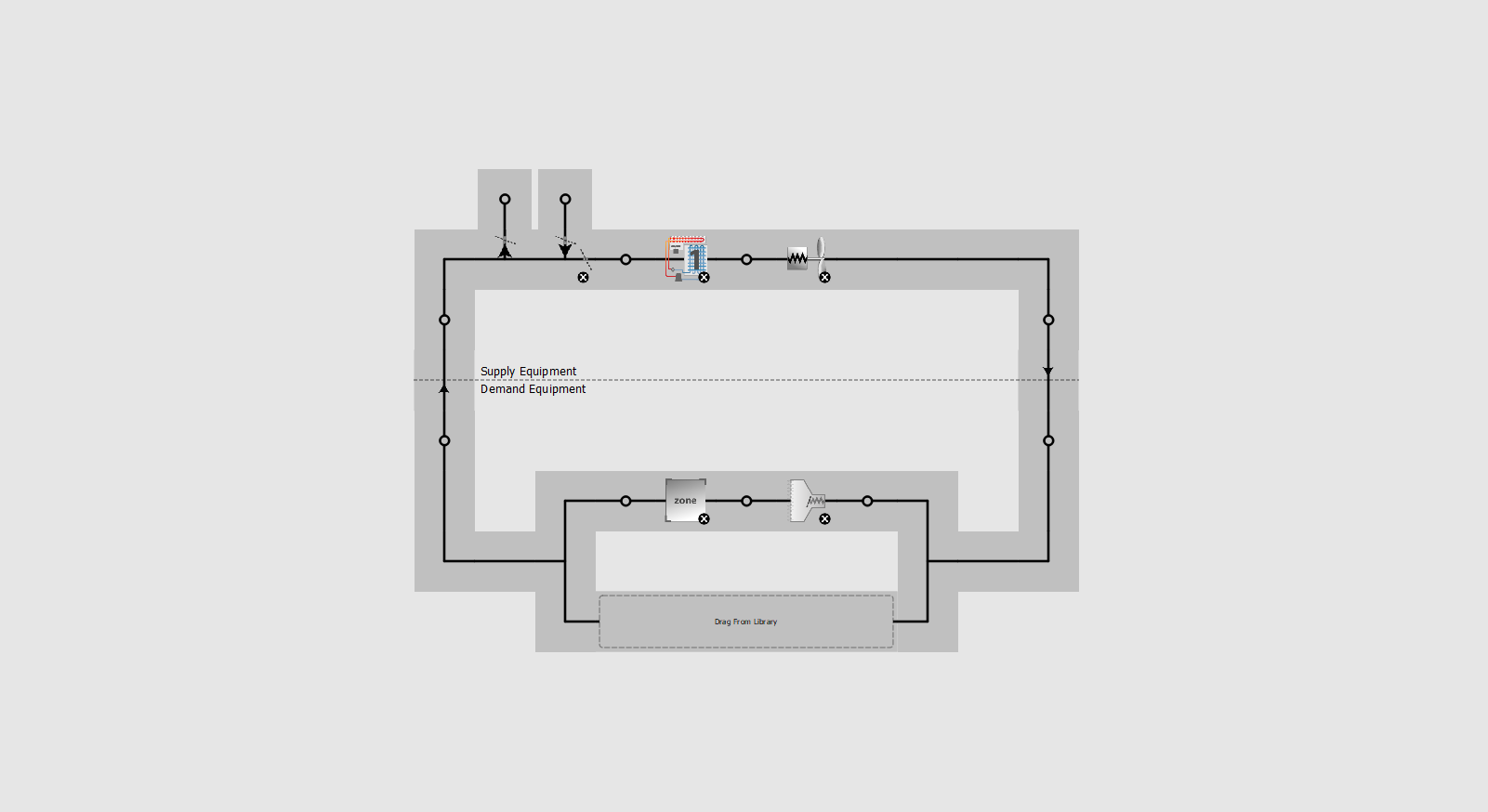Look in the eplusout.mtd file from your simulation outputs; see the eplusout.mtd file description here. https://bigladdersoftware.com/epx/doc...
This file shows which eplusout.rdd timeseries variables are summed or otherwise contribute to metered totals like Facility Total HVAC Electric Demand Power. Try searching for that meter or a similar meter in the .mtd file and examine its contents.
I believe Output:Variable objects are used in tandem with Output:Meter and Meter:Custom objects specified in the IDF to calculate quantities like Facility Total HVAC Electric Demand Power.
For example, my eplusout.mtd file shows;
For Meter=Electricity:HVAC [J], ResourceType=Electricity, Group=HVAC, contents are:
RES ASHP CLG SUPPLY FAN:Fan Electric Energy
RES ASHP HTG SUPPLY FAN:Fan Electric Energy
RES ASHP CLG COIL:Cooling Coil Electric Energy
RES ASHP HTG COIL:Heating Coil Electric Energy
RES ASHP HTG COIL:Heating Coil Defrost Electric Energy
RES ASHP HTG COIL:Heating Coil Crankcase Heater Electric Energy
RES ASHP SUPP HEATER:Heating Coil Electric Energy
RES ASHP HTG UNITARY SYSTEM:Unitary System Heating Ancillary Electric Energy
Those lines above shows all the variables that comprise the meter Electricity:HVAC.
Additionally, you can search for a component of that meter (for example, RES ASHP CLG SUPPLY FAN:Fan Electric Energy), so you can see which meters (other than Electricity:HVAC) it is on.
Meters for 593,RES ASHP CLG SUPPLY FAN:Fan Electric Energy [J]
OnMeter=Electricity:Facility [J]
OnMeter=Electricity:HVAC [J]
OnMeter=Fans:Electricity [J]
OnMeter=res ashp clg supply fan:Fans:Electricity [J]
OnCustomMeter=UNIT 1:ELECTRICITYFANSCOOLING [J]
As far as reducing the electric demand, are you trying to reduce peak demand or annual kWh usage?
If you are trying to reduce peak demand, I would look at the rated capacities (Gross Rated Total Cooling Capacity {W}) and airflows (Rated Air Flow Rate {m3/s}) through your Single Speed DX Cooling Coil. Are you hard sizing or autosizing through EnergyPlus/OpenStudio? If hard-sizing, is your user inputted rated capacity/airflow too large (oversizing)?
If you are trying to reduce annual HVAC related kWh usage, I would look at the rated COP (Gross Rated Cooling COP {W/W}) and performance curves (i.e. Total Cooling Capacity Function of Temperature/Flow Fraction Curve, Energy Input Ratio Function of Temperature/Flow Fraction), of your coil objects. The EIR is the inverse of COP. How does your coil's performance change relative to outdoor DB Temp and flow fraction? Both performance curves (temp and flow fraction) affect your instantaneous capacity and efficiency. Is the Gross Rated Cooling COP reasonably high (probably around 3-5)?





